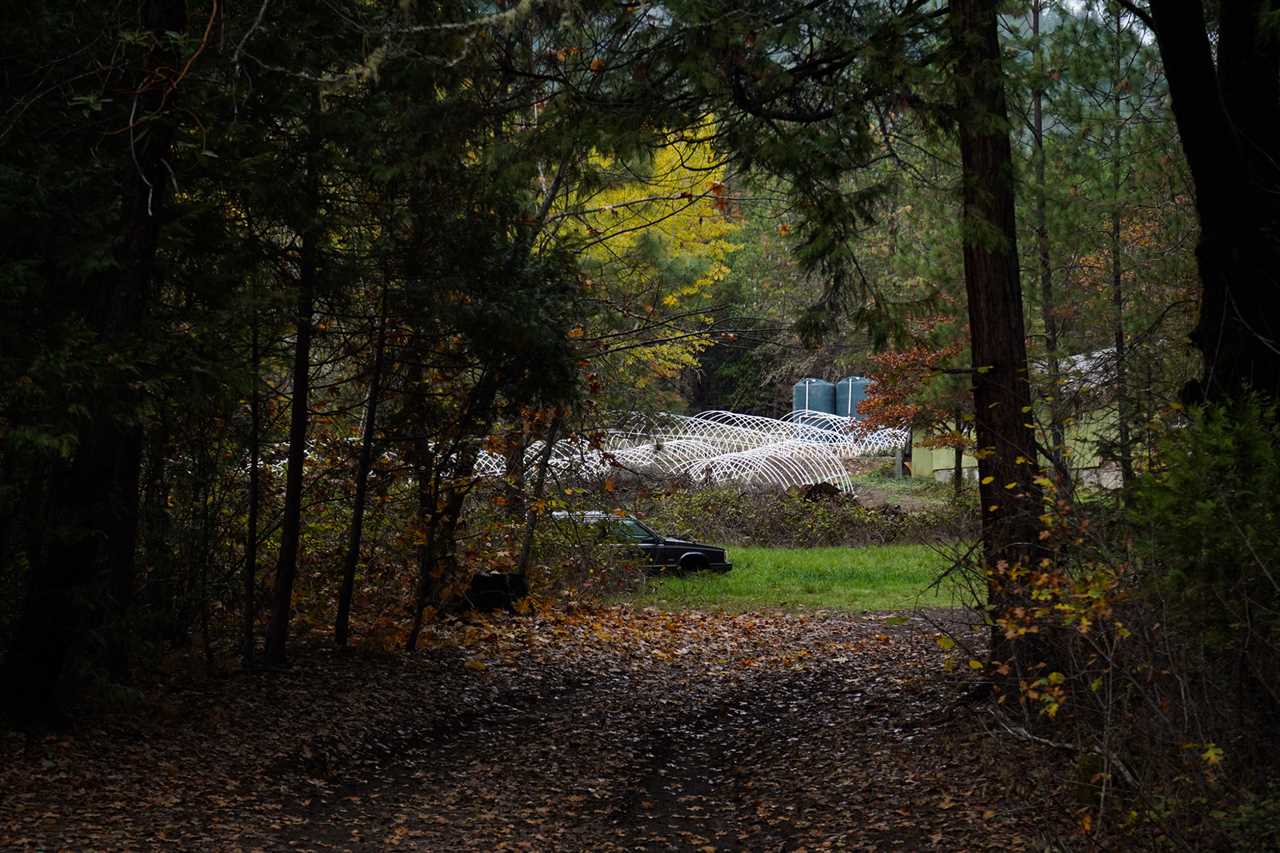
CAVE JUNCTION, Ore. — The first unlicensed cannabis grow popped up near Gary Longnecker’s remote Southern Oregon home seven years ago. Now there are six farms surrounding the densely-forested property.
“Last night I woke up at 12:30 with gunshots. [Then again] this morning, seven o’clock,” Longnecker said as he and I walked his land in November. “That’s them intimidating all of us neighbors to keep out of their face.”
A Vietnam veteran and former firefighter, Longnecker retired to the woods of southern Oregon almost 30 years ago to get some peace and quiet, but that’s not exactly what he’s found. Historically a logging community, the residents of the Illinois Valley near Cave Junction are still drastically outnumbered by trees — and they prefer it that way. In most places, you could yell at the top of your lungs from your front door without another soul hearing. Many people in the county own a gun, and typically aim them at deer or bears — not their neighbors. But since the cannabis farmers moved in (none of whom appear to be licensed based on state records), Longnecker says he’s had bullets whiz by his head when working outside, and regularly hears gunshots in the middle of the night.

Trash and toilet paper are littered around the thin wire fence that separates his forested land from each cannabis farm. As Longnecker gave me a tour of his property, a few people could be seen moving around on the property through the scattered pine trees and partially-deconstructed hoop houses. Longnecker’s partner called out to them in broken Spanish, since she believed most of the workers were Hispanic. No one answered.
A few moments later, shots rang out.

“So that’s called intimidation,” Longnecker said as we hurried away. It’s a word that I heard often when I spoke with residents about their marijuana-growing neighbors.
Over the last two years, there’s been such an influx of outlaw farmers that southern Oregon now rivals California’s notorious Emerald Triangle as a national center of illegal weed cultivation. Even though marijuana cultivation has been legal in Oregon since 2014, Jackson County Sheriff Nate Sickler says there could be up to 1,000 illegal operations in a region of more than 4,000 square miles. The Oregon Liquor and Cannabis Commission, which oversees the state’s $1.2 billion legal cannabis industry, estimates the number of illicit operations is double that.
Local law enforcement officials believe that people from every U.S. state and as many as 20 countries have purchased property in Jackson or Josephine counties. Cartels roll in and offer long-time residents as much as a million dollars in cash for their property, and hoop houses follow soon after the sale is complete. Residents have become accustomed to hearing Bulgarian, Chinese, Russian and even Hebrew spoken at the grocery store.
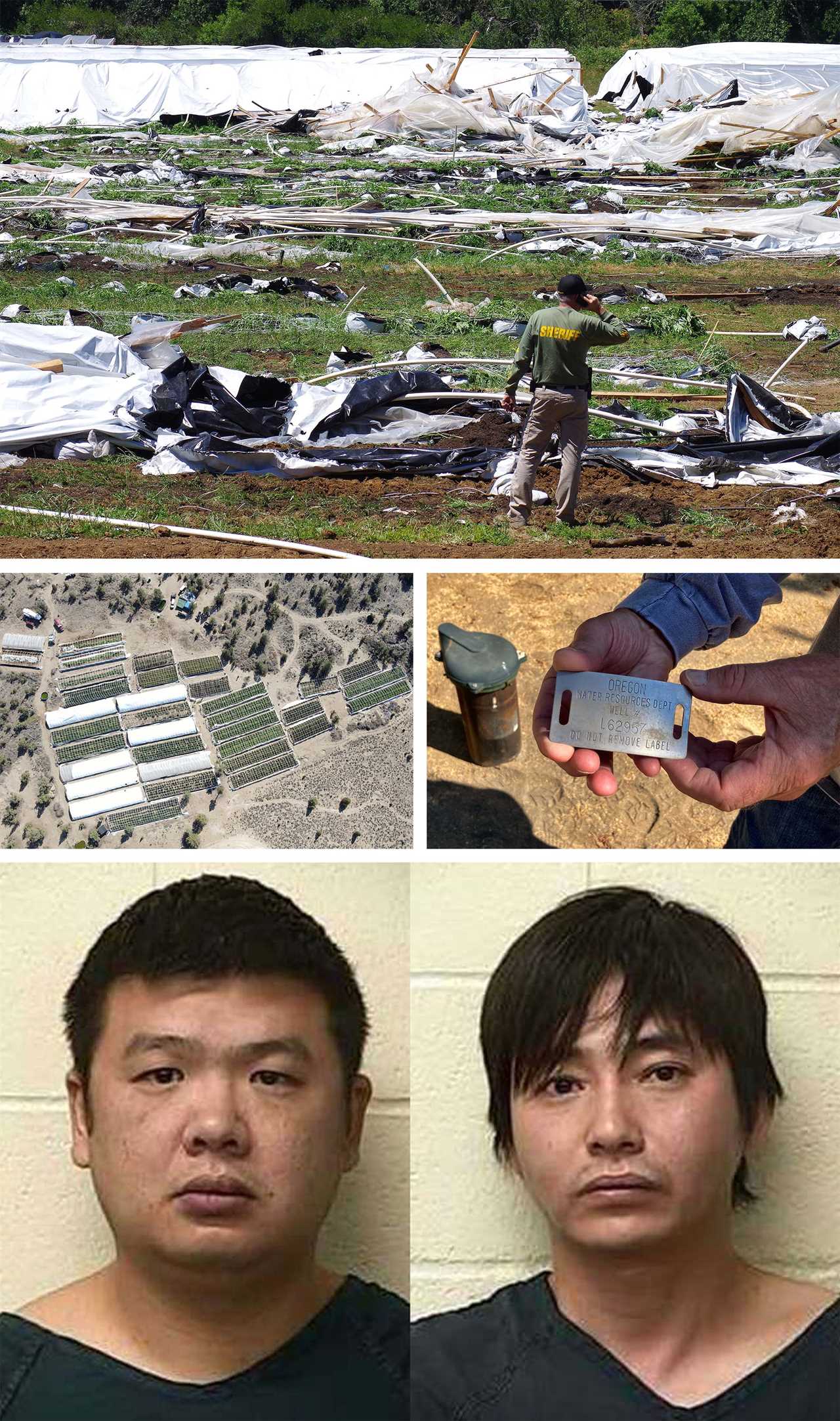
“Two weeks ago, we took down a Bulgarian operation and in the same week an Argentinian operation,” said Josephine County Sheriff Dave Daniel, adding that they’ve also recently dealt with Chinese- and Mexican-run oufits.
“A lot of these organizations, before the legal market came into effect, would grow in the forest lands — they’d be up in the hills,” explained Obie Strickler, a licensed cannabis grower in Josephine County. “Now they’re … right out in the open.”
What is happening in the woods of the southern Oregon represents one of the most confounding paradoxes of the legalized marijuana movement: States with some of the largest legal markets are also dealing with rampant illegal production — and the problem is getting worse. Oklahoma, where licenses to cultivate medical marijuana are some of the easiest to get in the nation, has conducted more than five dozen raids on illicit grows since last April. In California, meanwhile, most of the state continues to purchase cannabis from unlicensed sources — straining legal operators already struggling with the state’s high taxes and fees.
It wasn’t supposed to be this way.
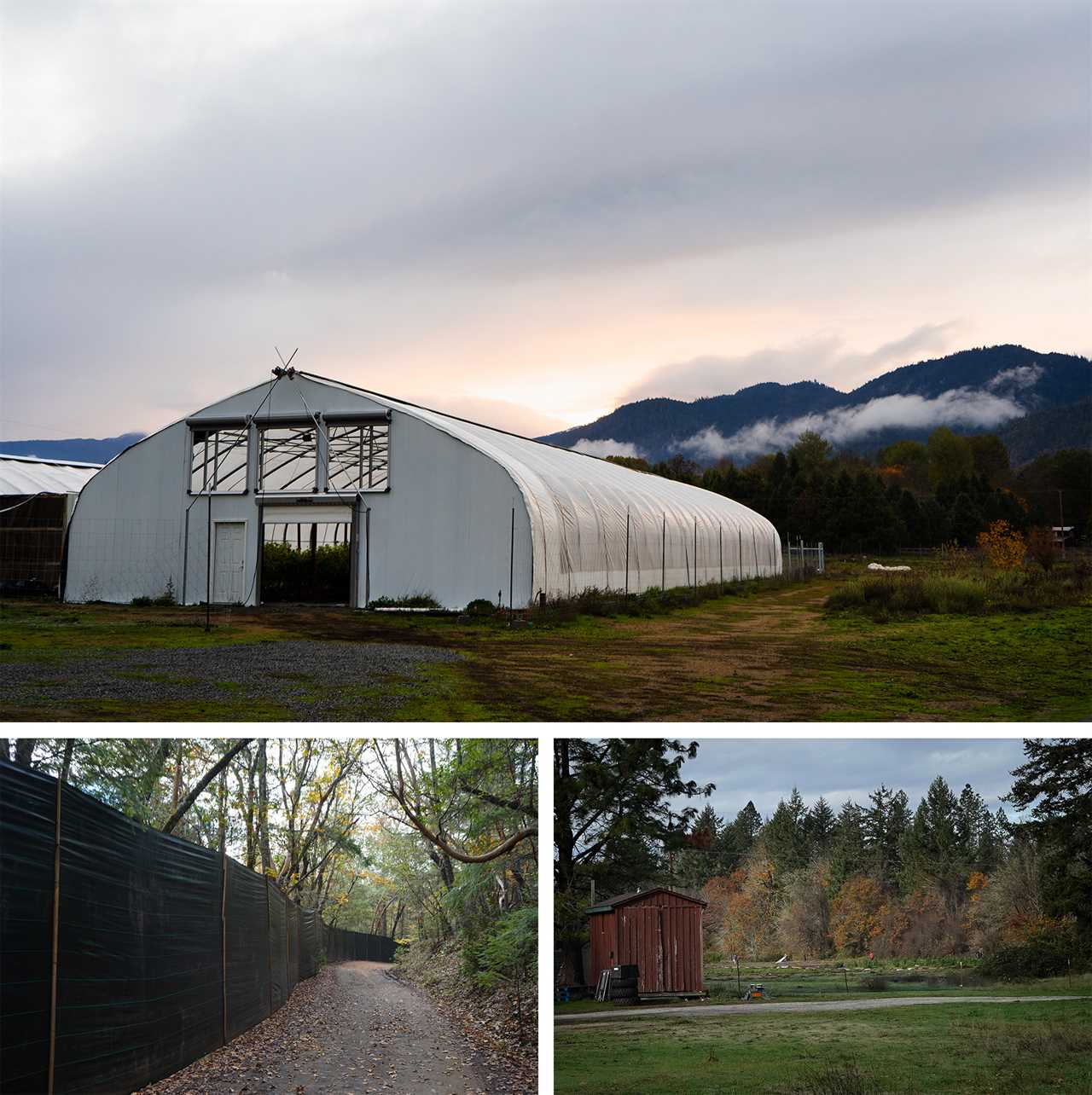
One of the underlying promises for legalizing cannabis was that legalization would make the illegal drug trade, with all its attendant problems of violent crime and money laundering, disappear. But 25 years into the legalization movement, as 36 states have adopted some form of legalized marijuana, the black market is booming across the country. Legal states such as Oregon and California — which have been supplying the nation for nigh on 60 years — are still furnishing the majority of America’s illegal weed.
Oregon’s weed is some of the cheapest in the nation, and Oregonians predominantly purchase weed from licensed dispensaries. Economist Beau Whitney estimates that 80-85 percent of the state’s demand is met by the legal market. But most of the illicit weed grown in southern Oregon is leaving the state, heading to places where legal weed is still not available for purchase such as New York or Pennsylvania — or where the legal price is still very high, like Chicago and Los Angeles. In Illinois, which legalized medical marijuana in 2013, only about a third of the demand for cannabis is satisfied by legal dispensaries, according to Whitney. Differences in tax rate and regulations plays the major role in differences from state to state, Whitney explains. Unlicensed growers aren’t paying any fees or taxes, and they can afford to keep their prices at least 20 percent lower than legal weed — the benchmark Whitney says is the difference in consumers purchasing legal versus illegal products.
“It all comes down to economics,” said Whitney. “If you reduce the price, then there’s no, or little, or less, incentive [for consumers] to participate in [the] illicit market because you’re getting the price that you want … that’s the tipping point.”

The macro-economics of the marijuana market are small consolation to residents of Oregon, who say they are caught in a regulatory gap between state law, which fully legalized cannabis in 2014, and federal law, which still considers cannabis to be as illegal as heroin. The one exception in federal law is for hemp, a low-THC cannabis plant which looks virtually identical to the naked eye. Officials say that some of Oregon’s illegal farms are masquerading as hemp producers to escape federal oversight. There are just more than 1,000 licensed marijuana and hemp farms in Jackson and Josephine counties, but a recent test of the region’s hemp farms found that more than half were illegally growing marijuana — not the low-THC hemp.
“[They] easily danced into the hemp program and got administrative protection,” said Oregon Liquor and Cannabis Commission Director Steve Marks. “They inundated that program.”
On top of that, there could be a thousand or more unlicensed grows that never bothered with a hemp license.
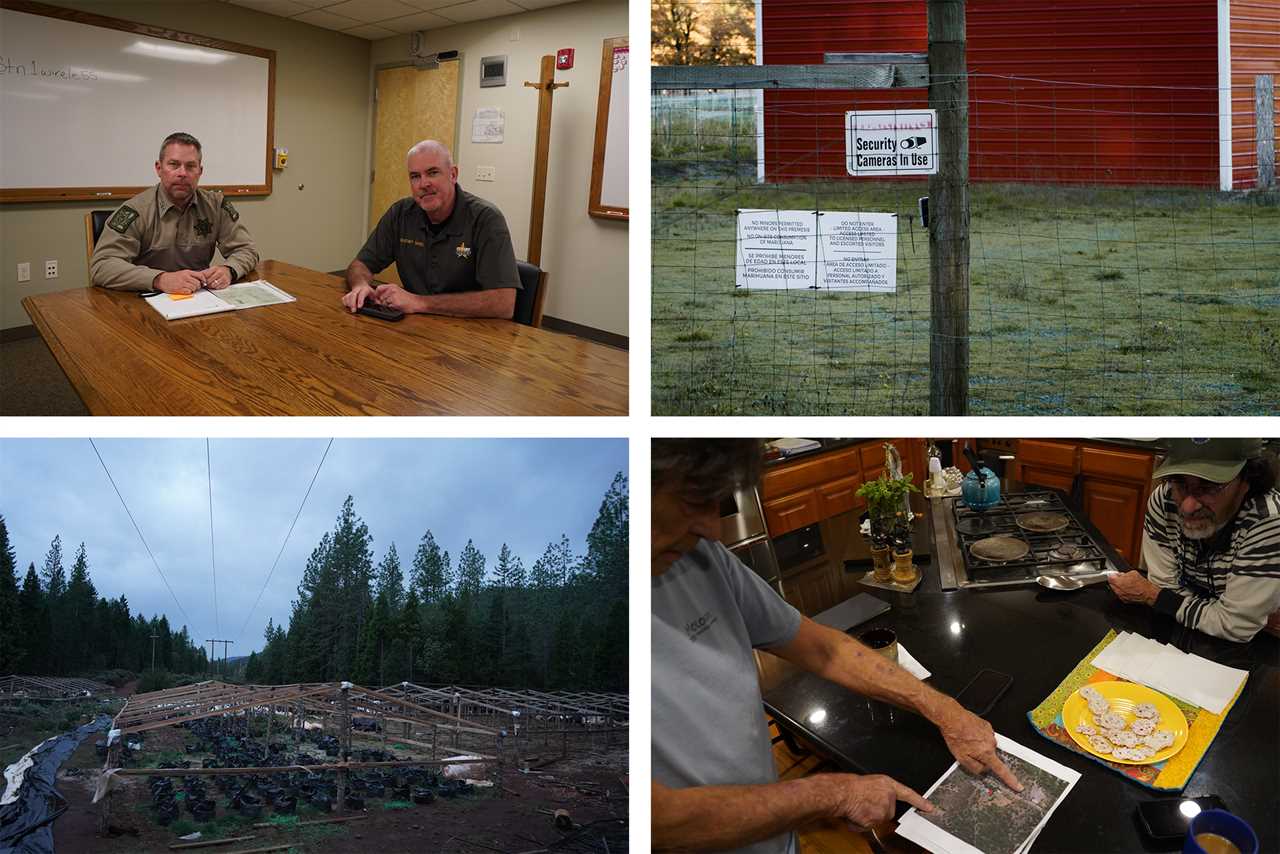
The impact of the booming illegal trade is being felt by overburdened law enforcement that can’t keep up with the illegal operations that seem to sprout with abandon, but it is also exhausting the patience of residents who were key to making Oregon one of the first states to legalize medical marijuana in the late 1990s.
“The danger of what’s going on and the fear and worry folks in southern Oregon are feeling about their safety cannot be overstated,” Sen. Ron Wyden (D-Ore.), the influential chairman of the Finance Committee, told POLITICO in December. “And it’s all the more reason why federal cannabis prohibition is just not working.”
Nicole Rensenbrink, a 62-year-old social worker, travels daily along a curving two-lane road that weaves between groves of tall trees and dozens of farms before finally passing the local high school. Along her seven-minute commute to work, she passes 14 marijuana cultivation or processing sites. She’s not an expert, but she can tell that many of them are illegal by the lack of proper signs and the number of hoop houses that exceed the legal limits. But it’s the unforeseen consequences — the damage to the environment, not to mention a general fear for her safety — that most troubles her.

“I and my husband both voted for cannabis legalization. I’m liberal, [an] old hippie type. I don’t want people to go to jail for smoking pot or dealing a little weed.” Rensenbrink said. “But I regret it. At this point, I really regret it.”
People have grown marijuana illegally in southern Oregon for at least half a century. It was easy to conceal illicit activity in private woods and national forests when the nearest human could easily be a few miles away. But there’s nothing hidden about what’s going on now.
The Red Mountain Golf Course, a 24-acre plot of land just outside Grants Pass, the county seat, sold for just over half a million dollars in June 2021. Three months later, Josephine County Sheriffs and Oregon State Troopers raided the former golf course and seized more than 4,000 marijuana plants and arrested two people on charges of felony marijuana manufacture. It wasn’t an isolated incident. Around the same time, law enforcement seized 380 pounds of processed marijuana stuffed in a car abandoned at the scene of a crash. Cops also seized 7,600 marijuana and hemp plants, 5,000 pounds of processed marijuana and $210,000 in cash from two grow operations just outside Cave Junction. Two men were arrested and held for unlawful manufacture of a marijuana item and other charges.
While these eye-popping figures draw headlines, the raids are just a cost of doing business for the cartels, according to law enforcement officials. Many buy or lease six or seven properties, knowing that some might get shut down by the police. Like any smart entrepreneurs, the cartels budget for those losses.
“They know that the resources for law enforcement and our ability to combat this issue [are such that] they can overwhelm us,” Daniel said.
The proliferation of unlicensed cannabis farms is scaring local residents and scarring the landscape. Personal wells have run dry and rivers have been illegally diverted. Piles of trash litter abandoned grow sites. Locals report having knives pulled on them, and growers showing up on their porches with guns to make demands about local water use. Multiple women say they’ve been followed long distances by strange vehicles. Locals regularly end conversations with an ominous warning: “Be careful.”
Debbie, who retired from the Napa County Sheriff's Department in California, has little faith in Josephine County’s law enforcement. Debbie, who requested her last name not be used for fear of reprisal from the drug dealers, says that officers didn’t show up when ten gun shots whizzed past her husband’s head while he was sitting on the porch, or when the neighbor’s pit bulls chased her from the mailbox back up to her own home. When Debbie reported her neighbors to the sheriff’s department, they asked her to photograph the license plates of the growers next door, but she was spotted taking pictures.
“[The growers] stalked me and chased me all the way down Placer Road,” she said.
The problem has gotten so bad that residents and local officials have called for the Oregon National Guard to be called in. Democratic Gov. Kate Brown hasn’t taken that step yet, but in December she called a special session in which lawmakers approved $25 million to address Oregon’s illicit grows. $20 million of that funding is designated for law enforcement to increase staff and resources, while $5 million is dedicated for oversight of water use and water theft.
Earlier in the year, the legislature passed a bill, sponsored by Republican state Rep. Lily Morgan, that increased penalties for growing cannabis illegally and gave state regulators the authority to investigate hemp growers.
Jackson County Sheriff Nate Sickler says the tougher rules for hemp cultivation and the money lawmakers funneled to local enforcement efforts are an excellent start.
“If we’re able to get our positions funded, I really think we can make a significant impact [on] illegal marijuana,” said Sickler. “Are they going to go away? It’s probably never going to happen.”
The illicit market isn’t just a law enforcement problem, however; it’s actually having an effect on the environmental health of the region.
Chris Hall has spent months surveilling cannabis farms in Josephine County’s Illinois River Valley from the air. The community organizer with the Illinois Valley Soil & Water Conservation District is compiling a map of illicit grows checked against state licensing information.
On a weekday afternoon in November, Hall explored the debris-filled Q Bar X Ranch site, taking photographs for his records. In August, it took about 250 law enforcement officers — called in from state and federal agencies — to raid the ranch. Officials seized 200,000 marijuana plants and found more than 130 workers at the site, according to the Josephine County Sheriff’s department.
At the main site, a new fence with “no trespassing” signs warned off curious visitors. Behind that fence were the ruins of a massive cannabis operation: multiple white hoop houses, now in tatters; ramshackle buildings where workers likely lived; PVC pipes, tarps, buckets, and empty containers of fertilizer and pesticides.

Down the road, the second site was in an even greater state of disarray. Huge gashes had been cut into the earth, and a crevice was filled with bottles of fertilizer and pesticides. The banks of a stream were laden with what seemed like the contents of an entire convenience store snack and soda section.
“You want to talk about clusterfuck, here it is,” Hall said, shaking his head as he saw that the creek bisecting the grow site was lined with plastic. “The [creek] bed is the most sensitive natural habitat that we have,” Hall said. “To line it with plastic, particularly black plastic, is to kill everything underneath it.”
Hall was hired because the soil and water district was inundated with complaints from local residents about the negative impacts on their water sources. The $5 million that Morgan's bill recently allocated for water-resource issues is meant to address this problem.
Reclaiming land and waterways after illicit growing occurs, though, is an expensive and complex undertaking. A U.S. House member proposed allocating $25 million in last year’s federal budget for shuttering and reclaiming grow sites on national forest land, though it was removed from the final bill. Even if that funding eventually gets approved, it could only be used to target a small sliver of the illicit grows in Josephine and Jackson counties, since most are on private property.
“If this was going on [closer to Eugene or Portland], you better believe the state of Oregon would stomp this out in a hot second,” Hall said — but added that many of the region’s residents are famously resistant to government intervention, especially from the state capitol four hours north. “You know, sometimes you get what you asked for. … [Southern Oregonians] have been telling [the state government] to leave you alone, so we’re gonna just leave you alone.”
There are as many suggested solutions to southern Oregon’s weed problem as there are factors creating it. Some say tweaks to federal and state hemp regulations — and more money for law enforcement — will get the illicit grows under control. Others argue that only federal decriminalization will solve the problem, because it would reduce the market for illicit weed.
Anti-legalization advocates, meanwhile, point to Oregon’s woes as proof that legalization doesn’t live up to its promise of eliminating the illicit market.
“Legalization exacerbates the issue of illicit growing operations because it increases the demand for the product,” Kevin Sabet told POLITICO. “With more users emerging throughout the state, more sellers — both legal and illegal — begin working to match the supply. The state has done little to curb demand because it has little incentive to do so.”

On the last point, John Hudak of the Brookings Institute says that the rampant illicit operations in Oregon aren’t likely to be replicated in more densely-populated states like Connecticut or Rhode Island.
“I don't think there's a direct connection between legalization and this situation happening,” said Hudak, an expert on cannabis policy who also volunteers as part of the Coalition for Cannabis Policy, Education, and Regulation — a think tank funded in part by Molson Coors and Constellation Brands (which owns Corona). Constellation Brands has already entered the cannabis beverage market.
“There’s sort of geographic aspects to why it thrives in certain states,” Hudak added. “This is more likely to happen on a large scale in larger states with rural spaces than it would be in smaller, urban states.”
Instead, Hudak argues that the illicit market will continue to thrive in legal states as long as cannabis remains federally illegal. It isn’t clear when full legalization could happen, though — if ever. A federal decriminalization bill proposed in 2021 by Wyden, Senate Majority Leader Chuck Schumer and Sen. Cory Booker (D-N.J) has only been seen by the general public in draft form. and it isn’t clear when it will be formally introduced in Congress. The draft version of that decriminalization bill would levy high taxes against the cannabis industry, which Whitney, the economist, argues would push prices higher and give illicit growers continued market access.

Cautionary tales like Oregon’s won’t move the federal needle, either, Hudak cautions. The lawmakers who understand the impact of the federal-state cannabis policy gap, he says, are the ones who already support legalization. Moreover, there have already been many other stories about the problems created by the policy gap — such as the impact siloed markets have on the environment or the inability of cannabis farmers and store owners to get reliable insurance to cover looters or forest fires — and federal policy has remained the same.
The problem, cannabis advocates say, is not that legalization has failed. Rather it’s that the country hasn’t legalized enough. Until many more states — and the federal government — decide to legalize cannabis, those advocates say, the illicit weed problem is going to continue, even in legal states. The patchwork of still-illegal states — including some of the country’s most populous — creates too-tempting a market for illicit growers.
“We don't have a [moonshine] business in the country … that is challenging Budweiser or Grey Goose,” Hudak said. “Alcohol is widespread legal. And until we get on that same page with cannabis, this is going to be a continuing problem.”
The OLCC’s Marks, though, argues that blanket legalization won’t solve all of the problems because hemp and marijuana will still be regulated separately at the federal level — hemp through the Department of Agriculture and marijuana through the FDA or the Alcohol and Tobacco Tax and Trade Bureau.
“Frankly, the federal government has plenty of responsibility and accountability for the regulation of legal hemp and THC,” Marks said. “Making regulators bifurcate the plan under an old federal definition of marijuana and a newer one of hemp is creating unaccountability, craziness and a bad market.”
Oregon tweaked its hemp rules this year to make THC testing more enforceable. Meanwhile, the 2023 farm bill is up for discussion in Washington, D.C. this year, but there has not been much chatter on Capitol Hill about making hemp oversight more stringent.
Economist Beau Whitney argues that focusing on hemp regulations is a misplaced solution because many cartels don’t both to hide behind hemp licenses.
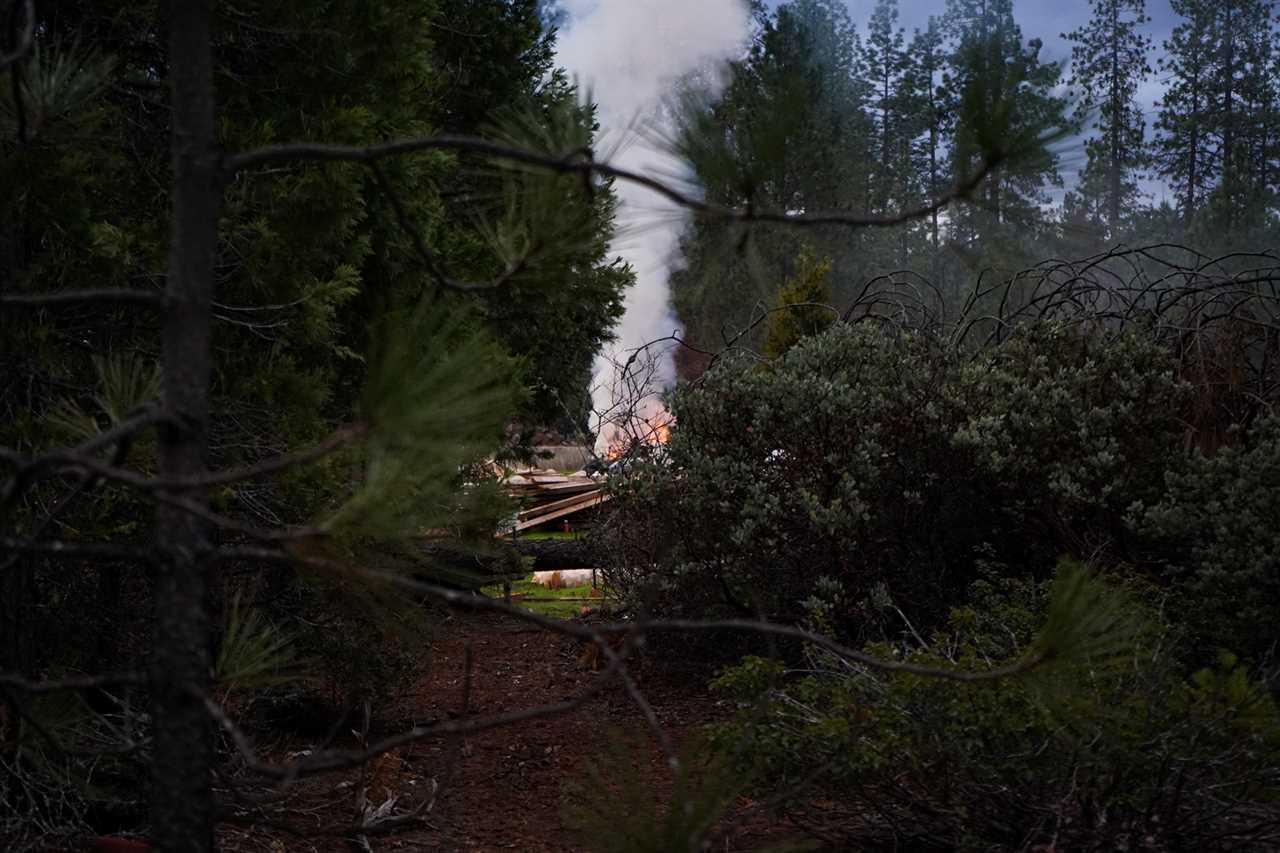
“They’re focusing in on small hemp farmers instead of the real problem, which is international cartels,” Whitney said. “Until there’s some way in which to have a coordinated enforcement against the illicit cartels, this is going to perpetuate.”
While experts and lawmakers in Salem and Washington, D.C. go back and forth over the solutions, southern Oregonians will continue to live with the impact of divergent cannabis laws.
“The people in Salem and the people in Grants Pass don’t understand that we’re living under this intimidation,” Gary Longnecker said, talking about the Oregon state capital and his county’s seat of government. "To sit here and be ignored by the people who are supposed to represent you, not even get a staff member to call you back, is so, so frustrating,” he said. He’s glad that Oregon’s legislature adopted tougher rules for hemp growers, but doesn’t think it’s nearly enough to solve the problem.
“You can’t just keep throwing a little bit of money out [here], because … it’s like whack a mole. Take this one out, and four more pop up over here.”
----------------------------------------
By: Natalie Fertig
Title: How Oregon Became America’s Newest Capital of Illegal Weed
Sourced From: www.politico.com/news/magazine/2022/01/14/oregon-marijuana-legalization-black-market-enforcement-527012
Published Date: Fri, 14 Jan 2022 04:30:33 EST
Did you miss our previous article...
https://consumernewsnetwork.com/politics-us/he-was-given-six-months-to-live-then-he-changed-dc






